What Is Tempura? The Essence of Japanese Fried Perfection
Tempura (天ぷら) is a Japanese dish of seafood, vegetables, or occasionally meat, that has been coated in a light, airy batter and quickly deep-fried to crispy perfection. Unlike heavier Western-style batters, tempura’s signature characteristic is its delicate, ethereal coating that crackles when bitten, giving way to perfectly steamed ingredients within.
The name “tempura” comes from the Latin word “tempora,” referring to “time periods” when Catholics abstained from eating meat. This linguistic origin offers the first hint of tempura’s fascinating cross-cultural history.
Key Elements of Authentic Tempura:
- Batter lightness: The batter should be mixed minimally with ice-cold water to prevent gluten development
- Oil temperature: Typically between 340-355°F (170-180°C) for the perfect crisp without oiliness
- Cooking time: Brief immersion, often just 1-2 minutes
- Immediate consumption: Tempura is at its peak when served seconds after emerging from the oil
The Surprising History: Portuguese Roots in Japanese Soil
While tempura is quintessentially Japanese today, its origins trace back to 16th-century Portuguese traders and missionaries who introduced the concept of frying food in batter to Japan. The dish they brought, called “peixinhos da horta” (literally “little fish from the garden”), consisted of green beans fried in batter.
Japanese chefs quickly adopted this cooking method but transformed it according to their own culinary principles. They lightened the batter significantly, emphasized seasonal ingredients, and elevated the technique to an art form. By the Edo period (1603-1868), tempura had become a popular street food in Tokyo (then called Edo).
Did you know? Tempura was originally sold from food carts called yatai in Edo-period Japan. These street vendors made tempura an accessible delight for ordinary citizens, though it’s now often considered a refined delicacy.
This evolution of tempura beautifully illustrates Japan’s genius for adopting foreign influences and refining them into something distinctively Japanese—a cultural pattern seen throughout Japanese history from Buddhism to baseball.
The Art and Science of Tempura: Why Technique Matters
What separates good tempura from exceptional tempura lies almost entirely in technique. In top tempura restaurants in Japan, chefs train for years before being allowed to prepare tempura for customers.
The Perfect Batter
Traditional tempura batter consists of just three ingredients: egg, ice-cold water, and flour (usually low-gluten wheat flour). The critical factor is how these ingredients are combined. Overmixing develops gluten, resulting in a heavy, doughy coating rather than the desired airy crispness.
Master tempura chefs use chopsticks to mix the batter with just a few swift strokes, leaving the mixture deliberately lumpy. Some even add ice cubes directly to the batter to maintain the cold temperature that inhibits gluten formation.
Oil Selection and Temperature Control
The choice of oil is crucial. Traditionally, sesame oil was preferred, though today many chefs use a blend of neutral oils or even specifics like safflower oil. Temperature control is paramount—too hot, and the outside burns before the inside cooks; too cool, and the tempura absorbs oil, becoming greasy.
Expert tempura chefs maintain different oil temperatures for different ingredients. Delicate items like shrimp might be fried at slightly lower temperatures than heartier vegetables like sweet potato.
The Sequence and Timing
In traditional tempura courses (tempura-ya), ingredients are served in a specific sequence, typically beginning with the most delicate flavors and progressing to stronger ones. Each piece is prepared individually and served immediately for optimal texture and temperature.
“The sound of tempura should be like the rustle of silk.” — Traditional Japanese saying among tempura chefs
Seasonal Celebrations: The Ingredients That Make Tempura Special
In Japan, tempura celebrates seasonality. Throughout the year, different ingredients take center stage, showcasing Japan’s deep connection to seasonal rhythms.
Classic Tempura Ingredients by Season
- Spring: Young bamboo shoots, spring onions, fiddlehead ferns, cherry blossoms
- Summer: Eggplant, okra, corn, green pepper
- Fall: Matsutake mushrooms, sweet potato, kabocha squash, maitake mushrooms
- Winter: Daikon, renkon (lotus root), oysters, white-fleshed fish
Seafood tempura varieties often include shrimp (ebi), squid (ika), various white fish, and scallops. Among these, ebi tempura is perhaps the most iconic, recognizable for its straightened form achieved by making small incisions along the belly to prevent curling.
Vegetable tempura showcases Japan’s agricultural bounty, with ingredients like sweet potato (satsumaimo), pumpkin (kabocha), eggplant (nasu), and shiitake mushrooms. Each vegetable requires specific preparation techniques—for instance, eggplant is often sliced in a fan pattern (hasu-giri) to ensure even cooking.
How to Enjoy Tempura: From Dipping Sauces to Full Courses
Tempura can be enjoyed in several ways, each offering a different experience of this versatile dish.
Traditional Serving Styles
- Tentsuyu: The classic dipping sauce made from dashi, mirin, and soy sauce
- Salt (shio): High-quality tempura is often served with nothing more than a sprinkle of sea salt
- Tempura Don (Ten-don): Tempura served over a bowl of rice with a sweet-savory sauce
- Tempura Soba/Udon: Tempura served alongside or atop hot noodle soups
When eating tempura, condiments like grated daikon radish (daikon oroshi) are often provided. Mixed with tentsuyu sauce, this adds a refreshing counterpoint to the richness of fried foods.
The Tempura Counter Experience
In specialized tempura restaurants in Japan, customers often sit at a counter watching as the chef prepares each piece moments before serving it. This intimate dining style allows for the optimal tempura experience, as each piece is consumed at its peak crispness—literally seconds after emerging from the oil.
Tempura Etiquette Tips:
- Eat tempura immediately while hot and crisp
- Dip lightly so as not to soak the batter and lose the crispness
- When dining at a tempura counter, follow the chef’s pace and recommended dipping style for each piece
- Appreciate the subtle flavors of each ingredient—tempura is meant to enhance, not mask, natural flavors
Tempura in America: Finding Authentic Experiences
Tempura has been embraced by American diners, but finding truly exceptional tempura can be challenging. Here’s what to look for:
- Freshness: Good tempura should be made to order, never prepared in advance
- Lightness: The batter should be crisp but delicate, never heavy or doughy
- Oil quality: There should be no greasy aftertaste or smell
- Ingredient quality: Seasonal, fresh ingredients make all the difference
- Temperature: Tempura should be served piping hot
In major cities like New York, Los Angeles, Seattle, and San Francisco, specialized tempura restaurants have opened in recent years, offering authentic experiences similar to those in Japan. These establishments often feature counter seating where chefs prepare tempura piece by piece.
For home cooks interested in tempura, Japanese grocery stores like Mitsuwa Marketplace, Nijiya Market, and Marukai (found in many major U.S. cities) carry specialized tempura flour, quality oils, and authentic dipping sauce bases to help recreate the experience.
Make Your Own: A Simple Tempura Recipe for American Home Cooks
Basic Tempura Batter
Yields enough batter for about 4 servings
Ingredients:
- 1 cup all-purpose flour (preferably low-protein variety)
- 1 egg, cold from refrigerator
- 1 cup ice-cold water (with actual ice cubes)
- A pinch of salt
- Neutral oil for frying (canola, vegetable, or safflower)
- Assorted vegetables and seafood of your choice
For Dipping Sauce (Tentsuyu):
- 1 cup dashi stock (instant is fine)
- 3 tablespoons soy sauce
- 2 tablespoons mirin
- Grated daikon radish (optional)
- Grated fresh ginger (optional)
Method:
- Prepare all ingredients ahead of time. Cut vegetables into appropriate sizes (not too thick) and pat dry seafood.
- Heat oil in a heavy pot or wok to 340-355°F (170-180°C).
- Place flour in a mixing bowl. In a separate bowl, lightly beat the egg and add the ice water.
- At the last moment before frying, pour the egg mixture into the flour and mix very lightly with chopsticks or a fork. Leave lumpy—about 10 strokes maximum.
- Dip ingredients one by one, allowing excess batter to drip off.
- Fry a few pieces at a time, being careful not to crowd the pot. Cook until lightly golden—usually 1-2 minutes.
- Drain on a wire rack (not paper towels, which can make tempura soggy).
- Serve immediately with dipping sauce or salt.
For the Sauce:
- Combine dashi, soy sauce, and mirin in a small saucepan.
- Bring to a simmer, then remove from heat and cool.
- Serve in small individual bowls with grated daikon and ginger if desired.
Pro Tips for Home Tempura Success:
- Keep everything cold—you can even chill the mixing bowl
- Never reuse the batter; make a fresh batch for each cooking session
- Use a deep-fry or candy thermometer to monitor oil temperature
- Add a slice of raw potato to the oil; it helps absorb impurities and prevents darkening
- For seafood tempura, make small cuts in shrimp to prevent curling and score squid to prevent toughening
- Denser vegetables like sweet potato benefit from being par-cooked before frying
Beyond Food: Tempura’s Place in Japanese Culture
Tempura represents more than just a cooking technique—it embodies core Japanese aesthetic principles:
- Simplicity (Kanso): The minimalist approach to ingredients and preparation
- Transience (Mujo): The fleeting perfection of tempura that must be enjoyed immediately
- Natural Beauty (Shizen): The enhancement rather than masking of ingredients’ natural qualities
- Seasonality (Shun): The celebration of ingredients at their peak moment
In Japanese art, tempura has been memorialized in ukiyo-e woodblock prints from the Edo period, often depicting tempura stalls where common people gathered. These historical images show how tempura transcended class boundaries in Japanese society, enjoyed by everyone from laborers to samurai.
Today, tempura continues to evolve while maintaining its essential character. Contemporary Japanese chefs experiment with new ingredients and presentations while honoring the technical foundations that make tempura special.
Conclusion: Tempura as Cultural Ambassador
Few dishes exemplify the Japanese culinary philosophy as perfectly as tempura. Its apparent simplicity belies the profound technique, cultural understanding, and seasonal awareness required to create it properly.
For Americans exploring Japanese cuisine, tempura offers an accessible entry point that’s familiar in form (fried food) yet revelatory in execution. The light, crisp coating that enhances rather than masks the natural flavors of ingredients represents the Japanese genius for refinement and respect for nature’s bounty.
Whether enjoyed at a specialized restaurant or prepared at home with care, tempura provides not just a delicious meal, but a window into the Japanese soul—where food is never merely sustenance, but an artistic expression of harmony between humans and the natural world.
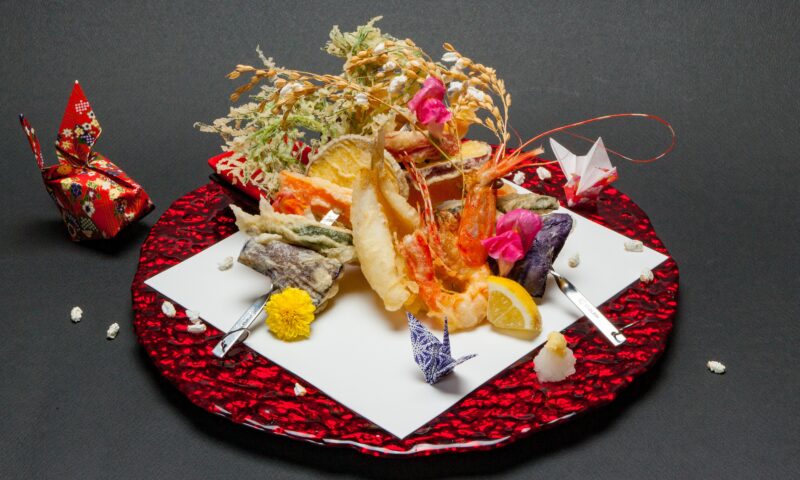
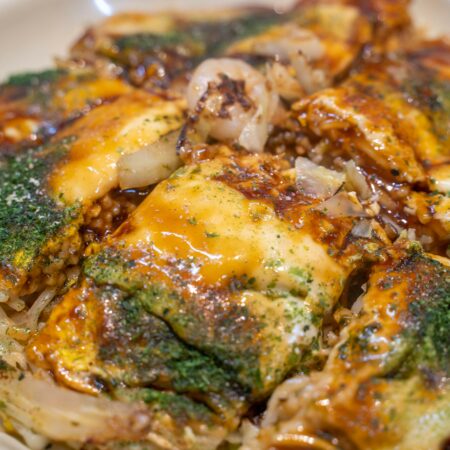

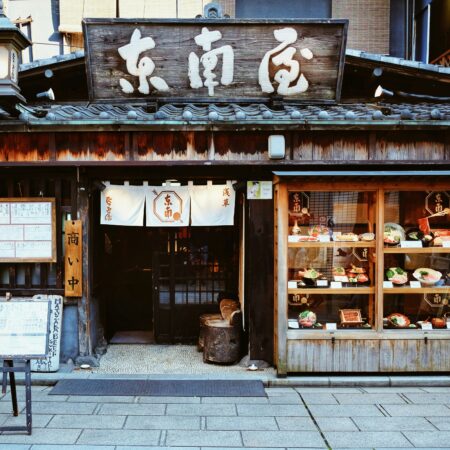
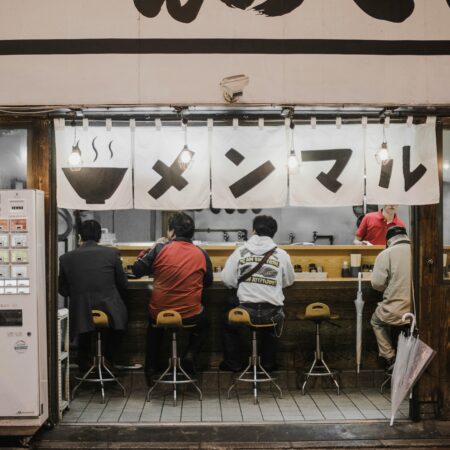
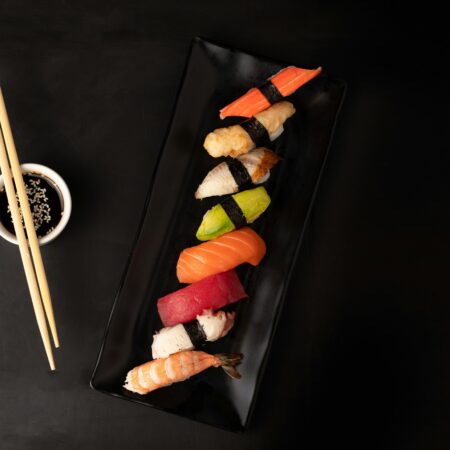



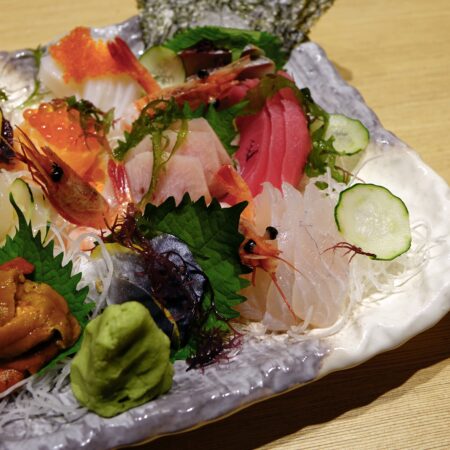
コメント